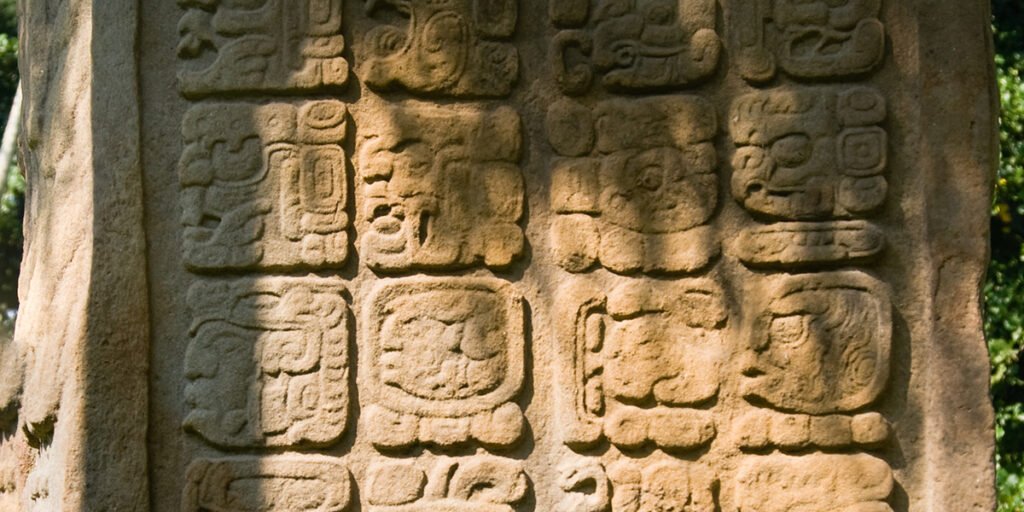Quirigua Archaeological Park
Originally, Quiriguá was under the rule of the dynasty of the city of Copán (now Honduras), but in 738 A.D., the Quiriguá dynasty managed to become independent and even subjugate the Copán dynasty, and that is when the city reached its peak. Most of the monumental constructions and the Acropolis, as well as the stelae, were erected during the following 60 years of reign of the new Quiriguá dynasty, a dynasty that dominated the region of the Copán River and the Motagua River. In this historical context Estela E is carved, which, with 10 meters of height and 55 tons of weight, constitutes the largest sculpture of all those located in the Great Plaza, a ceremonial space where you can appreciate the exceptional collection of sculptural monuments of the park. The monuments include zoomorphic altars of exceptional artistic quality, which is why it was declared in 1981 a World Heritage Site by UNESCO.



